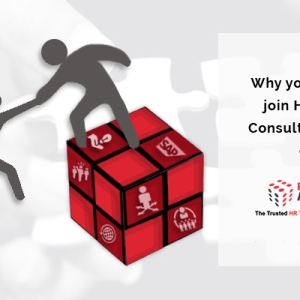Performance Ratings for Talent Management process in SuccessFactors
Performance Ratings for Talent Management process in SuccessFactors
[authorblog]
[postsociallinks]
 Performance Ratings and the Potential Ratings of an Employee is definitely a very important input for any holistic talent management review exercise. When the Performance Evaluation and the Potential evaluation of an employee happens on one single system where eventually the talent decision making happens, it eases the whole problem of data consolidation.
Performance Ratings and the Potential Ratings of an Employee is definitely a very important input for any holistic talent management review exercise. When the Performance Evaluation and the Potential evaluation of an employee happens on one single system where eventually the talent decision making happens, it eases the whole problem of data consolidation.
However what I will be discussing in this post is particularly important for scenario where a customer is adopting the SuccessFactors Talent Management and want to run the Talent process on the system while the process demands the inputs from previous years in terms of performance and potential ratings or evaluation. This is also relevant for customers who run the potential evaluation on a different system while having the Succession planning on SuccessFactors.
Before we get into the Details of the various scenario, I would like to point the readers towards the “Normalization” of Ratings that SF does in case where the source scale is different from the target scale (Note: Normalization is typically done, when the calc-type = “avg”). The following formula is typically used when the Ratings are Normalized:
(((rating – original min)/(original max – original min)) * (new max – new min)) + new min
e.g. a Rating of 4 on a scale of 1 to 5 for a Performance maps to Rating of 2.5 on a scale of 1 to 3 : (((4-1)/(5-1))*(3-1))+1 = 2.5
Scenario 1: Performance evaluation conducted on SuccessFactors and is the sole input in addition to Potential rating for a 9-Box evaluation and calibration. This is a standard implementation and SuccessFactors is designed for such a typical scenario. The Performance Scale (any scale used for rating) will be automatically normalized to the 3 point scale and the employee placement on the 9-box shall be correspondingly represented. No hassles here.
Scenario 2: Performance Evaluation Conducted on a different system and Succession Planning and Talent evaluation (9-Box placement and Calibration and Development planning) happens on SF. Since the Ratings are available and can be consolidated, the Required Rating can be directly imported into SF via the “Performance Portlet” or “Performance – Manager Only” Background Element. The data fro this table shall be the input for the process.
Scenario 3: Consider the following example: Employees have undergone performance evaluation for past 2 years and the current year performance evaluation happens on the new SuccessFactors system. Surely the previous evaluation records especially the Performance Ratings are to be ported to SuccessFactors system for consideration. In such a scenario typically, you would want the Average Performance rating to be the input for your talent considerations.
[likeblogpostbutton] [sharethisbuttons]







